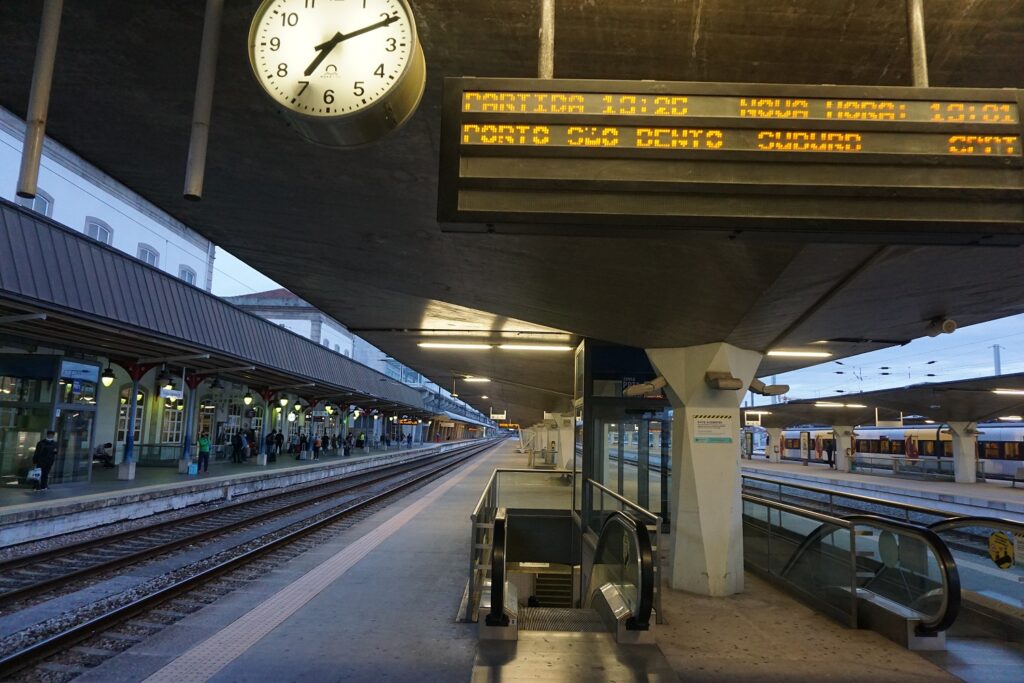After almost two years on the sidelines, travelers are starting to pack their bags again and see the world. While traveling inside a pandemic means fewer crowds, it can also bring its own set of challenges. We recently visited five countries on two continents and here’s what we found:
Be prepared for changes. Airlines are adjusting schedules on a regular basis as countries open their doors to tourism and travel demand increases. One of our flights changed four times in the months prior to departure. After the trip was underway, some destinations had to be cut short due to last-minute airline schedule changes.
Do your homework. Entry requirements for countries are changing daily. Some now require proof of COVID vaccination in advance, a negative COVID test result, and/or a health locator card prior to entry. COVID testing and health locator cards need to be completed within a certain window of time prior to arrival. The health locator card usually asks for vaccination status, your address while visiting the country and contact information. Some airlines require passengers to upload test results and locator cards through their websites in advance, which streamlines the boarding process. Travelers to France will want to get an early start on submitting the French health pass, which is now required to check into hotels or eat in restaurants. We initiated the process nearly a month prior to arrival and it still hadn’t been processed by the time we arrived. Fortunately, we stayed with friends and took meals in their home.
Bring copies of everything. The paper CDC vaccination card, while accepted in the U.S., isn’t as popular abroad. QR codes that link to official records are preferred. But not all states offer electronic vaccine verification (ours doesn’t). We printed our state vaccination record in advance and brought it with us—which seemed to be an acceptable substitute. Even if you have QR codes, bring paper copies of all documents (including health locator cards) as back-up. Wi-Fi can be iffy in some overseas airports, and you don’t want to be “that person” holding up the line because you can’t get a signal.
Pack protection. It’s a good idea to have extra disposable masks when traveling. Airlines require them throughout the flight and many places mandate them indoors. Hand sanitizer is more available in public places than it was prior to the pandemic, but it’s helpful to bring a supply just in case. At-home COVID test kits are optional but could provide peace-of-mind if you are wondering if a cough is, well, just a cough or something worse.
Getting tested. Proof of vaccination is a condition of entry for many countries and others also require a negative COVID test. The timing of the test is also important. Some require the start of your final flight into the country (rather than the start of a connecting flight) to occur within the testing window (48 hours for rapid test or 72 hours for the PCR test). Also, COVID tests for foreigners are not free and can range from a nominal fee to $100 or more. Most larger cities we visited (Lisbon, Porto, Barcelona, Amman) seem to have multiple locations for testing, but hours can vary, and advance reservations may be needed. Testing may not be available at all in smaller towns. Package tour operators can often help travelers find testing centers. U.S. travelers will need a negative COVID test to re-enter the country, even if fully vaccinated.
The bottom line: If you’re traveling abroad, pack your patience and expect to spend a fair amount of time keeping up—and complying with—changing requirements. It’s a small price to pay for the joy of traveling again.


One of the biggest dangers now with travel and the spread of the virus is in the lineups and lack of protection for travellers. Twice this year, I have experienced lines packed together, NO physical distancing and staff overwhelmed with QR codes and health status requirements (e.g. Mexico health form). And in Canada, border airport staff overfocusing on 3.4 ounce containers needing to be in official 1 litre bags! When the tray tables on the planes still had food on them. It’s worrisome that this will become the status quo. We deserve better. I’m fine with being patient but I have not seen any emphasis on passenger safety. No small price to pay.
Sam, thanks for your comment. The travel situation continues to change on a daily basis. We were just returning home as the omicron variant started to spread. In our travels to five countries (Europe and Middle East) from the U.S., we did not experience or see any obvious delays from health forms, QR code requirements, etc. but acknowledge that it could differ with omicron protocols or by airline and country. I’ll agree that lines in airports (especially for boarding) were rarely socially distanced; however, masks were a requirement in all of the airports we visited. The intent of this article was to raise awareness of some of the challenges of traveling at this time and better prepare those who wish to travel. Those who choose to travel should remain aware of the latest health guidance and entry requirements.